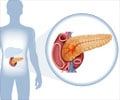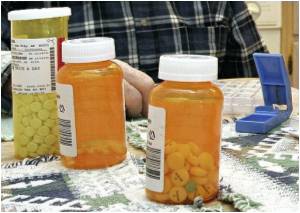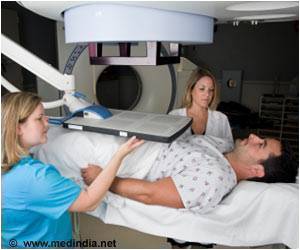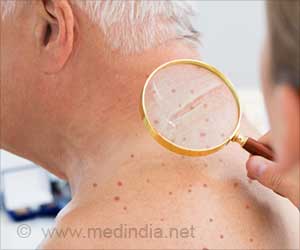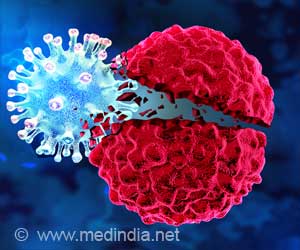Researchers are investigating a potential treatment and noninvasive imaging modality for pancreatic cancer that shows promise, according to researchers at Memorial
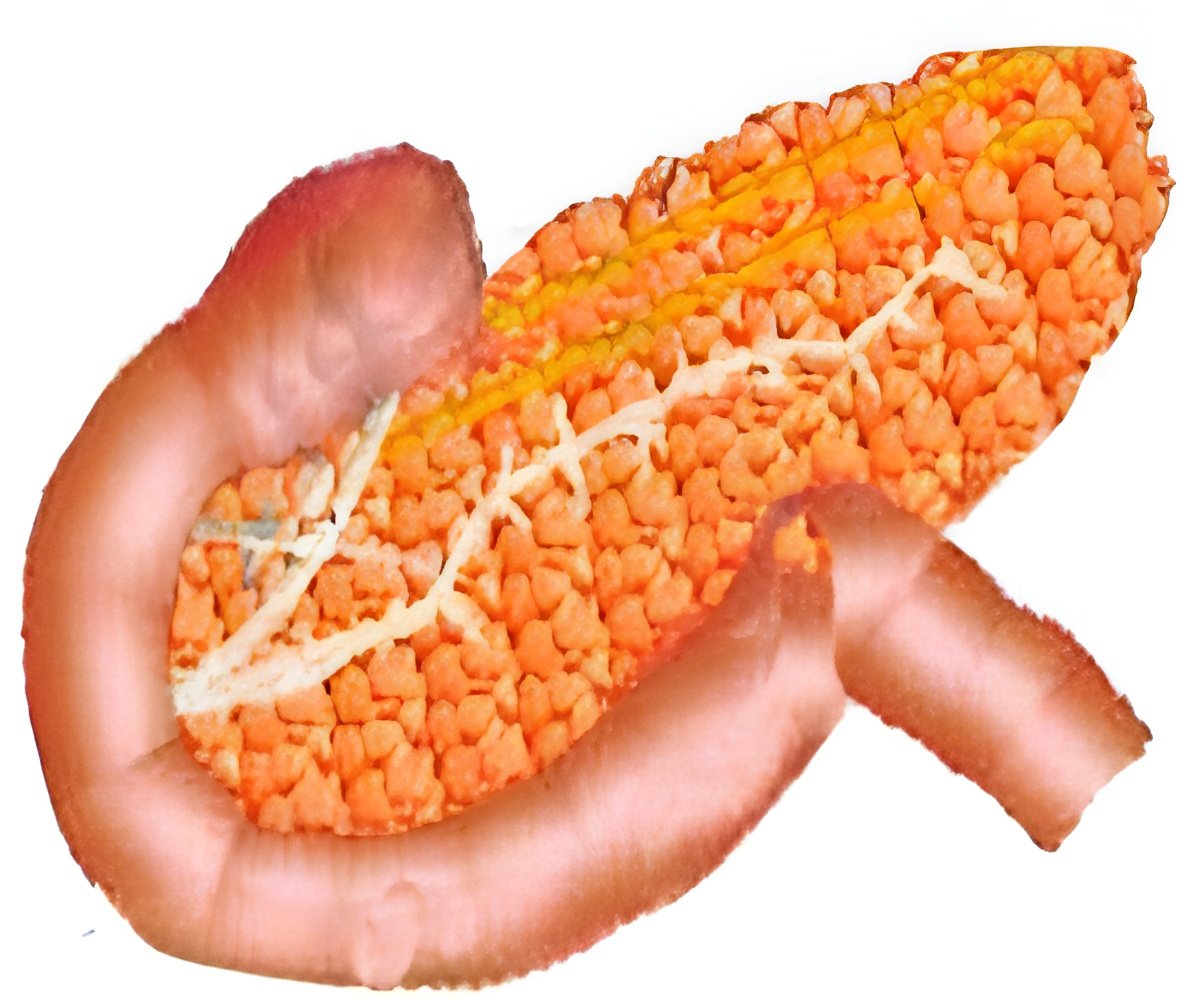
Dana Haddad, M.D., Ph.D., who at the time of the study was a postdoctoral research fellow at Memorial Sloan-Kettering Cancer Center and is now a resident at the Mayo Clinic in Scottsdale, Arizona, said GLV-1h153-treated pancreatic tumors from more than 50 mice were treated and imaged to provide insight into tumor therapeutic response.
The combination of GLV-1h153 and radioiodine (131I) was promising for targeted radiotherapy and destruction of pancreatic tumors.
"We expected that we would be able to noninvasively detect virus replication in tumors using this imaging system, but we could not predict the timing of this, how long we could repeat serial imaging and whether this would actually provide information about therapeutic response," said Haddad.
The researchers were initially discouraged when the PET signal in pancreatic tumors began to fade about two weeks after treatment with the virus, according to Haddad.
However, she said they investigated what could be the cause of this loss of signal and were "pleased to ascertain that it was likely due to tumor kill and necrosis." They found that hNIS-mediated radiouptake noninvasively imaged with PET initially provided information into the presence of viral replication in the tumor, and later provided insight into the therapeutic response and biological activity of cancer cells.
Advertisement
"We were further pleased to observe that although tumor kill with a very low dose of virus was not very impressive, we could achieve potent tumor kill when we combined virus treatment with systemic radiotherapy. Using lower doses of virus and radiotherapy could minimize potential toxicity and side effects associated with both treatments," said Haddad.
Advertisement
Source-Newswise

